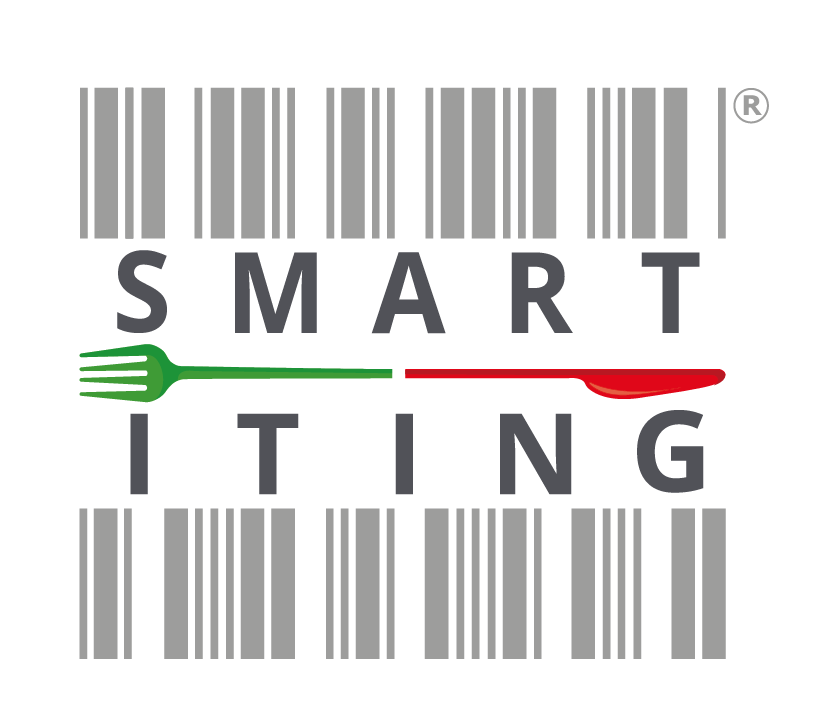
15 Nov Wellness as a smart business in post-pandemic China
Dieta, fitness, cibi bio, pasti sostitutivi, alternative vegetali alla carne, peso sano, etichette trasparenti: nella Cina post-pandemia sono rapidamente diventati temi caldi. Come spesso succede, le donne e le generazioni più giovani delle grandi città sono un passo avanti rispetto a queste nuove consapevolezze. Chesi traducono in comportamenti d’acquisto e in diverse abitudini di vita, come la lotta al cibo-spazzatura e all’obesità. Accanto a queste, intanto, convivono gusti e convinzioni come il non amare troppo le insalate, che sono cibo freddo, o di non percepire i grassi idrogenati come dannosi e molte altre. Gli spunti di un rapporto pubblicato nel 2021 da Daxue Consulting suggeriscono che in Cina ci sarà più posto per una qualità più ricercata e pagata, ma anche per un’azione educativa più ampia. SecondoSmart Iting questo panorama è promettente per introdurre sul mercato prodotti sani in maggiore quantità e renderli, così, più accessibili – A come Accessible – a più persone.
Diet, fitness, organic foods, meal replacements, plant-based alternative meats, healthy weigth, transparent labels and many similar other health-and wellness-related topics have quickly become hot topics in post-pandemic China.
This is, at least, the main suggestion from the illuminating white paper “China’s wellness market” issued by Daxue Consulting in August 2021.
And as it frequently happens, it’s no surprise that women and younger generations living in first and second tier cities are really one step ahead with this new awareness, compared to the male population, to older generations and non-metropolitan contexts.
Of course, being more wellness-aware implies new purchase behaviours like carefully inspecting product labels and ingredients, being willing to pay more for quality. Adopting different lifestyle schemes will be another consequence, such as being more incline to eat smaller, quicker, healthier meals, refusing junk food and to do more sport against obesity.
All so easy? Is it totally like in Western world? Not exactly. Some differences emerge, maybe of cultural origin, like preferring hot food to cold food and therefore not loving salads too much. Or considering added sugar and trans fats not so dangerous for our body. Or opting in favour of meatlike substitutes instead of simply vegan products, because meat is rich and “no meat” recalls poverty. Even stranger, the belief that milk is healthier than plant-based or nut milks, despite the high prevalence of lactose-intolerance in China.
But these are what we would call rapidly transforming trends and opinions in a connected world. Yes, a world where both surveys and social media interestingly show an almost maniac attention to ingredients and body look on the consumers’ side and a general lack of scientific divulgation on the food and wellness industry’s side.
What is needed is less buzz, more relevant information. A solid and reliable communication plays a fundamental role and can be implemented in many ways: educational tastings, qr codes on labels, POS display tools, digital totems, involvement of proven KOLs (key opinion leaders) who intercept their specific target audience also in the now much popular live-streaming.
This effort towards more accessible, healthy proven products and communication to more people will create undeniable, market opportunities for those players who can seize the moment.


